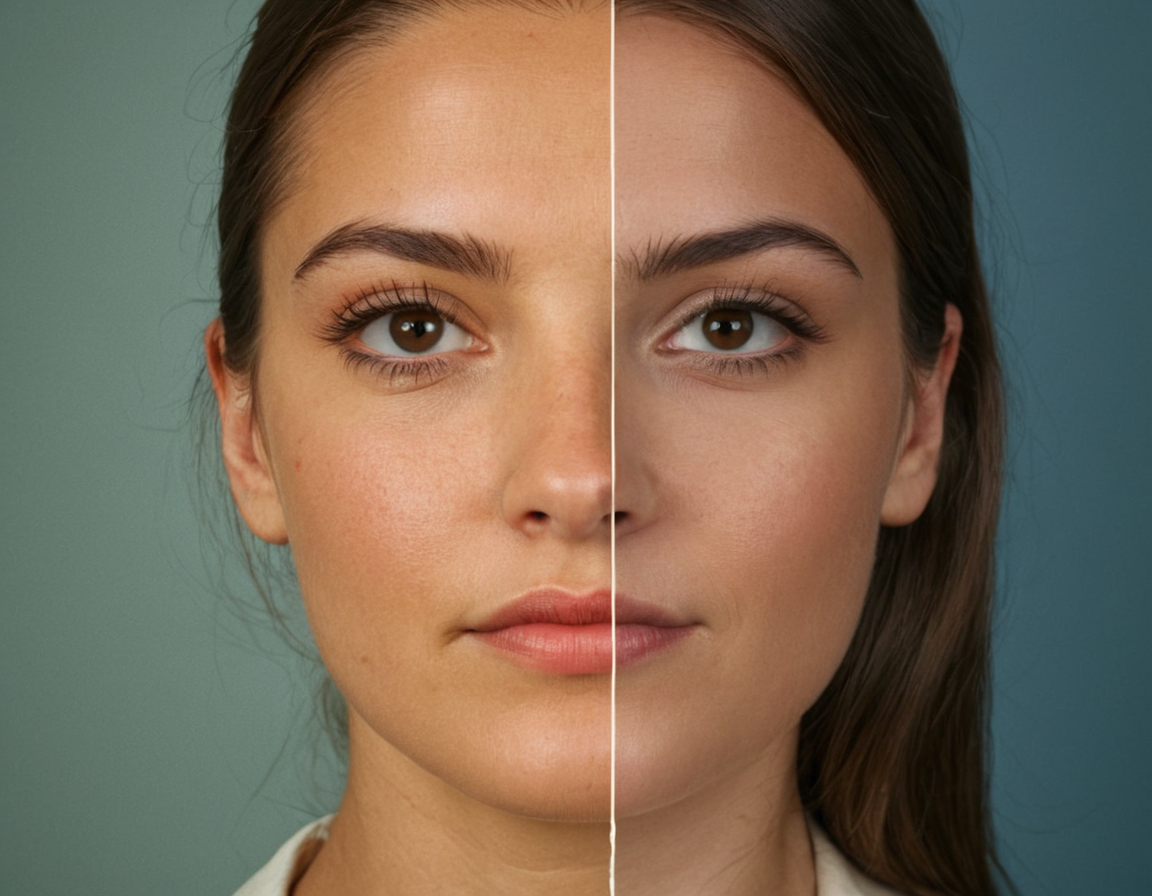AI Image Restoration Guide

Unlocking the Power of AI for Image Restoration: A Comprehensive Guide
As technology continues to advance, the need for image restoration has become increasingly important in various fields such as photography, forensic science, and digital archiving. Artificial Intelligence (AI) has emerged as a game-changer in this domain, offering unprecedented capabilities for restoring degraded or damaged images. In this article, we will delve into the world of AI-powered image restoration, exploring the benefits, challenges, and best practices for utilizing free tools in this field.
Introduction
Image restoration is the process of recovering lost or degraded information from an image, often due to damage, degradation, or intentional alteration. Traditional methods for image restoration relied on manual techniques, which were time-consuming and often resulted in suboptimal outcomes. The advent of AI has revolutionized this field, enabling researchers and practitioners to develop sophisticated algorithms that can effectively restore images with minimal human intervention.
Benefits of AI-Powered Image Restoration
- Speed and Efficiency: AI-based image restoration techniques are significantly faster than traditional methods, making them ideal for large-scale applications.
- Accuracy: AI algorithms can learn from vast amounts of data, enabling them to detect and correct even the most subtle defects in images.
- Flexibility: AI-powered image restoration tools can be adapted to various types of images, including photographs, videos, and 3D models.
Challenges and Limitations
While AI has shown tremendous promise in image restoration, there are several challenges and limitations that need to be addressed:
- Data Quality: The quality of the training data plays a critical role in determining the effectiveness of AI algorithms.
- Regulatory Compliance: Image restoration techniques may raise regulatory concerns, particularly in sensitive areas such as national security, law enforcement, or intellectual property.
- Ethical Considerations: AI-powered image restoration raises questions about authorship, ownership, and potential misuse.
Free Tools for Image Restoration
While there are no “free lunch” solutions when it comes to image restoration, there are several open-source tools that can help you get started:
- DeepPhoto: A free tool developed by Microsoft that uses AI to restore damaged images.
- Adobe Photoshop Elements: A consumer-level photo editing software that includes AI-powered restoration tools.
- OpenCV: An open-source computer vision library that provides a wide range of image processing functions, including some basic restoration techniques.
Practical Example: Using DeepPhoto for Image Restoration
DeepPhoto is a powerful tool for image restoration that leverages the capabilities of deep learning algorithms. Here’s a step-by-step guide on how to use it:
- Download and Install: Download the DeepPhoto installer from the official website and follow the installation instructions.
- Load the Image: Open the image you want to restore in your preferred photo editing software.
- Select the Restore Option: In DeepPhoto, select the “Restore” option and choose the type of restoration you want to perform (e.g., repair, sharpen, or remove noise).
- Adjust Settings: Adjust the settings according to your preferences, including the level of detail and quality.
- Preview and Refine: Preview the restored image and refine the settings as needed.
Conclusion
AI-powered image restoration has revolutionized the field of image processing, offering unprecedented capabilities for recovering lost or degraded information from images. While there are challenges and limitations to this technology, free tools like DeepPhoto can help you get started with basic restoration techniques. As we continue to explore the frontiers of AI research, it’s essential to consider the implications and potential misuse of these technologies.
Call to Action
The use of AI for image restoration is a rapidly evolving field that requires careful consideration of its implications and potential risks. We invite researchers, practitioners, and policymakers to engage in open discussions about the responsible development and deployment of these technologies.
Tags
ai-image-restoration degraded-images-repair free-ai-tools digital-archiving photography-tips
About Elizabeth Lee
As a photographer and AI expert, I help bridge the gap between human creativity and machine learning. With a background in photography and 3+ years of experience editing & generating images with AI tools, I'm passionate about sharing practical tips on how to unlock visual potential at gophotos.com.
